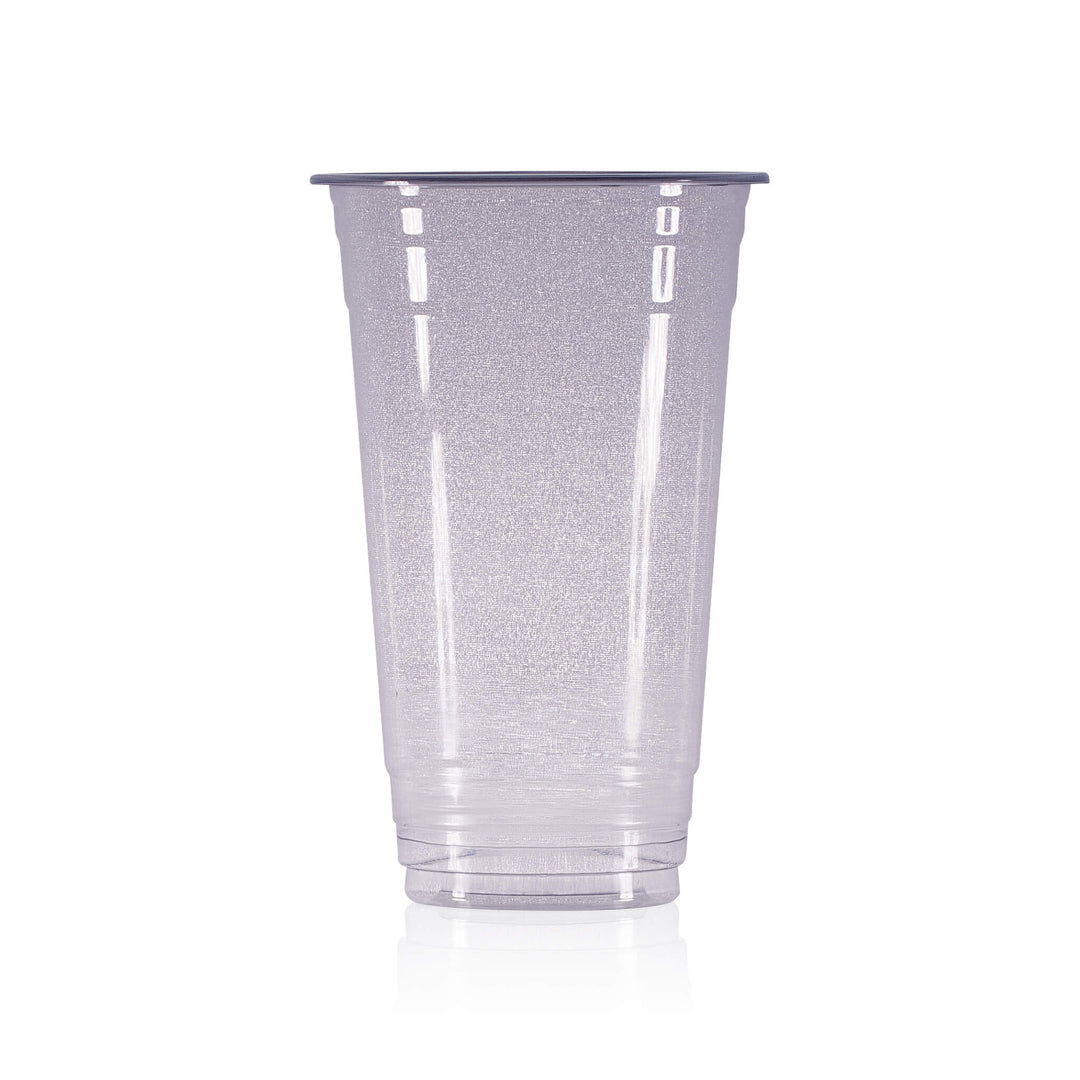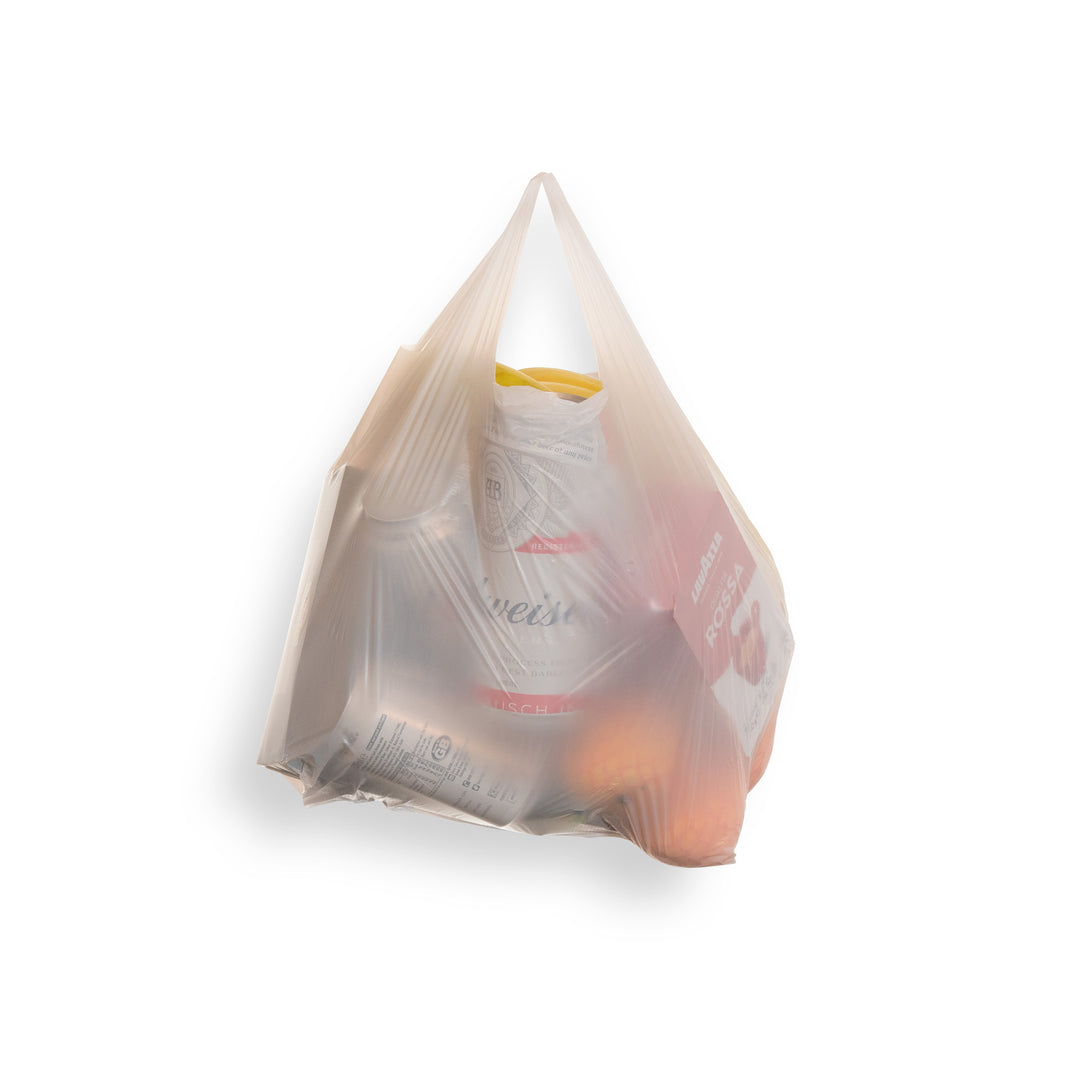5 Plastic Packaging Statistics You Should Know About
Plastic packaging is something we’re all familiar with, though it is being replaced with more eco-friendly alternatives. There’s a reason for this. Plastic can be extremely harmful to the environment, and food packaging is a big part of it.
When they’re not recycled, plastic can end up in landfills or in the oceans, and it takes over 400 years for a single plastic bottle to biodegrade. This damages the local wildlife as plastic releases harmful toxins.
Many people know that plastic packaging is detrimental to the environment, but they do not always realise the scale of this. Do you know all the facts on plastic pollution in the ocean? Do you know how much plastic is actually recycled?
Five Facts on Plastic Food Packaging
1) 50% of plastic packaging is only used once
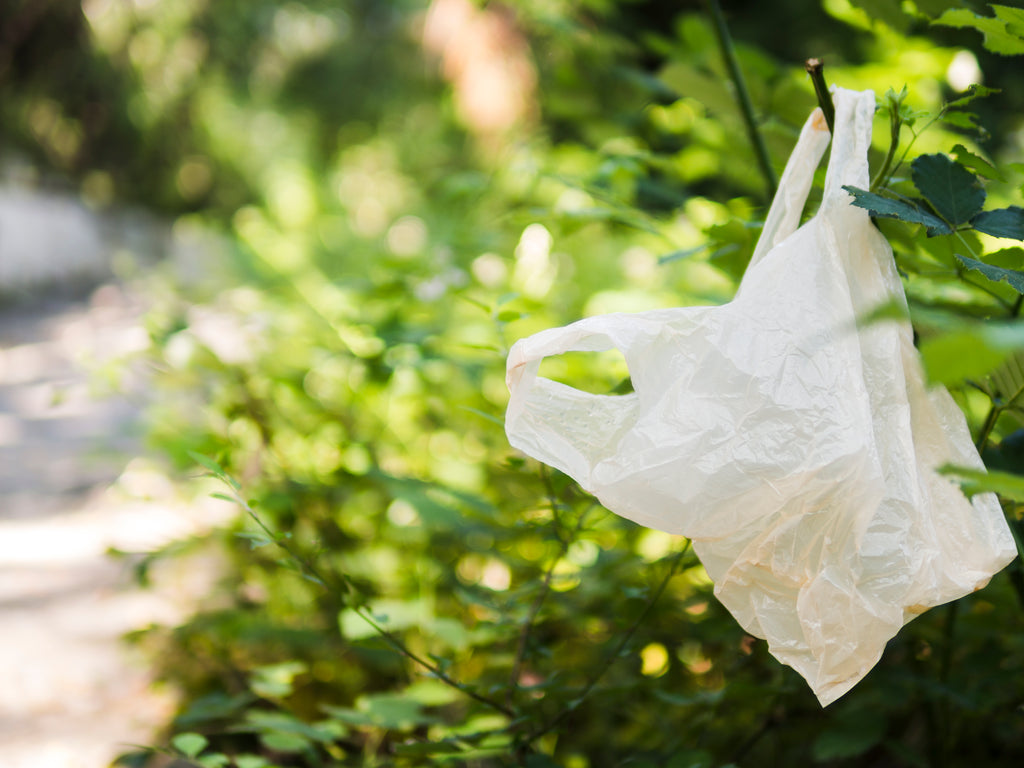
Recyclable packaging is an alternative to waste ending up in landfills. But, as a nation, we have the ‘use once and throw away’ attitude, meaning packaging isn’t repurposed. This is particularly true when the packaging is non-recyclable, meaning there is not much consideration for how they are disposed of once they have been used.
A common example is takeaway coffee cups, with 5.7 million coffee cups being thrown away every day in the UK, many of which have plastic lids. A lot of coffee cup lids are not recyclable either, so they are thrown into landfills. Reusable coffee cups would lower the number of coffee cups disposed of, and limit the amount of plastic packaging being thrown away in the UK every day.
Plastic bags also contribute to this problem. They are repeatedly bought instead of being reused. Instead of buying new plastic bags at the supermarket, the ones people already own can be reused over and over again, allowing less plastic to be needed.
Albiz have clear plastic bags available that do not wear or tear easily, meaning it can carry lots of items and be reused for other purposes later.
2) All sea turtle species have traces of plastic packaging in their bodies

Our disposal of plastic doesn’t just impact the wildlife on land. It’s harmful to life in the oceans too.
When we don’t properly dispose of our plastic packaging, it can end up in the oceans. In the ocean, you can find tiny fragments of plastic called ‘microplastics’, and those end up inside the bodies of sea creatures. It is because of these microplastics that sea turtle species now have traces of plastic packaging inside their bodies.
This doesn’t just apply to sea turtles. It has also been found that the average seabird contains 44 scraps of plastic in their stomach, and filter feeders, like some whales, can’t tell the difference between the micro plankton they eat and the microplastics in the oceans.
Sea creatures eat larger pieces of plastic too. Sea turtles have mistaken plastic bags for jellyfish, and there is now more plastic in the ocean than sea life, with sea animals being outnumbered six to one. This is making it easier to find plastic in ocean wildlife and for the creatures to be harmed as a result.
3) Only One-Third of plastic packaging in the UK is recycled
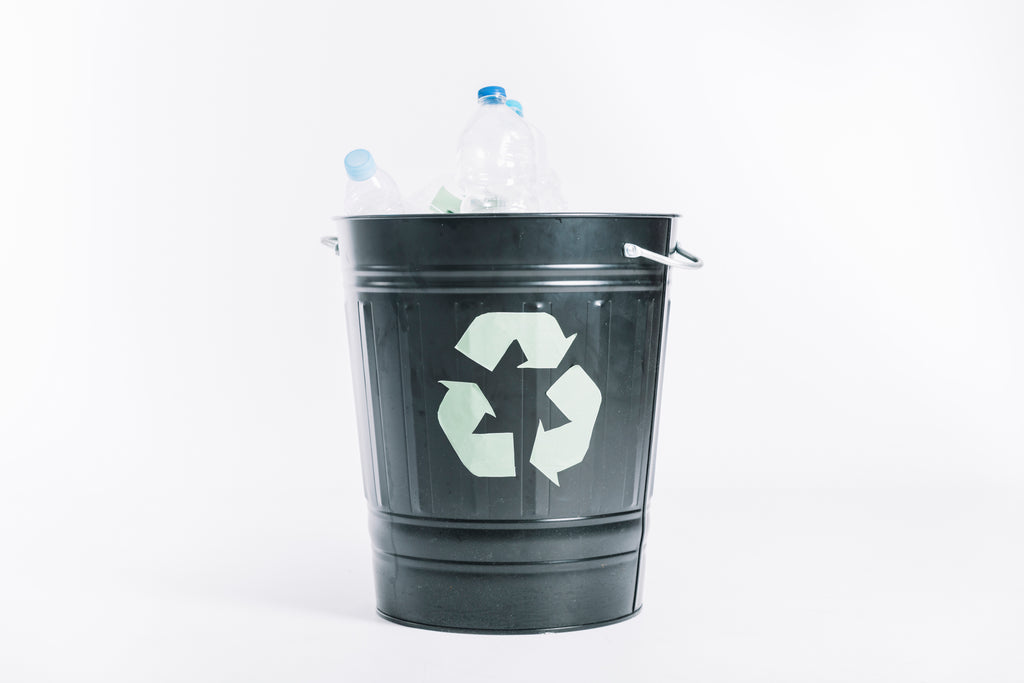
Whilst the UK does recycle some plastic food packaging, there is still plenty that isn’t. As only one-third of the plastic packaging in the UK is recycled, most of it still goes to landfills and releases harmful toxins into the surrounding soil. A small amount of plastic packaging is incinerated instead.
Part of this is because people don’t know what can and can’t be recycled, and how to properly dispose of these items when they’re no longer needed. Instead of separating all the recyclable packaging from the non-recyclable plastics, they are all thrown away together into a general rubbish bin. Over half of recyclable plastic packaging is thrown away instead of being recycled.
Also, part of this is because there is a lack of recycling infrastructure in some towns and cities where the recyclable packaging would be taken. This is caused by the government cutting back the funding, making recycling more difficult.
There are different ways to dispose of non-recyclable packaging, including repurposing packaging around a home or business.
4) Over 5 million tonnes of plastic is used every year

When people use plastic packaging, they usually don’t consider how much they use. They may see a plastic bottle here, a few carrier bags there, but do people stop and realise what all that adds up to?
Every year, over 5 million tonnes of plastic is used in the UK, and nearly half of this amount is solely through plastic packaging. This means that even with 33% of that plastic being recycled, there is still over 2.5 tonnes of plastic being found in landfills and the ocean.
Packaging like plastic pots are damaging the creatures and wildlife found in the oceans, whilst the plastics in the landfills are left for centuries as they can’t decompose into the soil. Instead, some of the packaging can be repurposed, such as using pots to hold jewellery and using bottles to help the growth of plants. Children’s arts and crafts can also help reuse food packaging, such as containers holding paints or glue.
5) Plastic pollution, use and the disposal of it contribute to about 1.8 billion tonnes of carbon emissions annually.
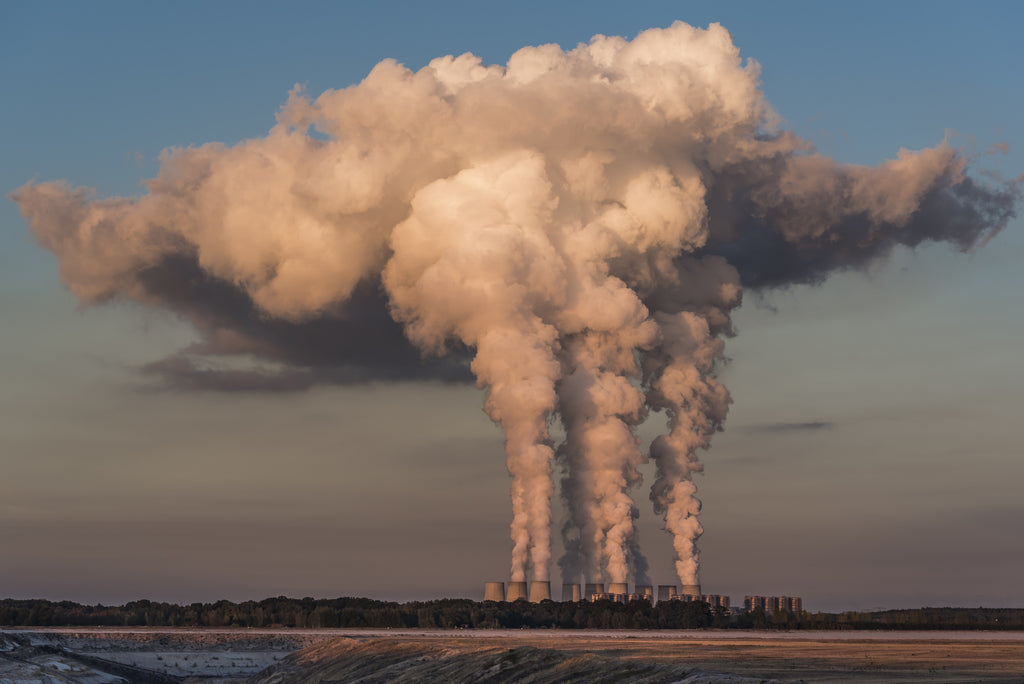
Carbon emissions are commonly mentioned in relation to climate change, as they contribute towards global warming. However, they are relevant when talking about plastic packaging and its disposal too.
Globally, plastic pollution, its use and its disposal contribute to about 1.8 billion tonnes of carbon emissions a year. This includes the plastic being incinerated or thrown into landfills.
Reusing or repurposing plastic packaging not only reduces the amount of plastic being left in landfills and oceans, but it will also reduce your carbon footprint and lower the carbon emissions being released every year. Things like plastic packaging bags are great for being reused, meaning there would be less plastic pollution to harm wildlife and the environment. As we wouldn’t be disposing of them, there would be less carbon emissions as well, reducing the impact plastic has on climate change.
Albiz has a variety of alternatives to plastic packaging available for you to use in your takeaway business or restaurant. Their sustainable range offers a way for you to make your business more environmentally friendly and help prevent plastic food packaging from harming the environment.



